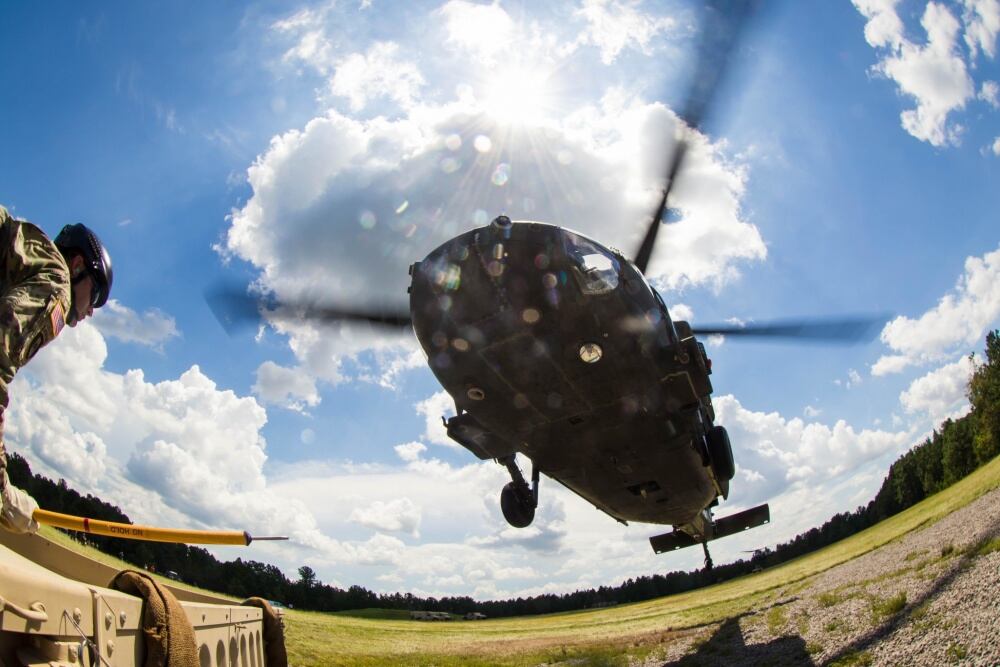WASHINGTON — General Electric has completed tests of its first Future Affordable Turbine Engine, which one day may power the Army’s Future Vertical Lift rotorcraft, the company announced Monday.
“We’re thrilled with the results from the first FATE full engine test, which completed all primary objectives with more than 40 hours of run time and nearly 1000 steady state and transient data points. This risk-reduction vehicle is a key step in the program towards our final build and performance demonstration,” Harry Nahatis, vice president and general manager of GE Aviation’s Turboshaft Engine Department, said in a statement.
GE Aviation plans on beginning tests of a second FATE engine next year.
The goal of FATE is to develop a more powerful engine in the 5,000 to 10,000 shaft horsepower class, which the Army believes is necessary to power its next generation of rotorcraft called Future Vertical Lift. The engine will also be more effective at high altitudes and hot temperatures and should have a longer range and endurance.
According to the service’s requirements, FATE should reduce fuel consumption by 35 percent and cut production and maintenance costs by 45 percent compared to currently fielded engines. The Army is also requiring an 80 percent improvement in power-to-weight ratio and 20 percent improvement in design life.
GE Aviation first won a contract for the FATE program in 2011.
GE Aviation began evaluating its first FATE engine last year after successfully completing demos of the compressor, combustor and turbine rig in 2015 and doing inlet particle separator tests in 2014.
At the AUSA conference, GE also announced that it had wrapped up six months of self-funded tests of a T901 prototype, which the company said proves it’s ready for the next phase of the Improved Turbine Engine Program.
RELATED

ITEP, like FATE, is an Army program geared toward fielding a more fuel-efficient, powerful engine, but for the service’s fleets of AH-64 Apache attack helicopters and UH-60 Black Hawk utility helicopters rather than a new rotorcraft like FVL.
GE Aviation was awarded a 24-month, $102 million contract in 2016 that funds development of the T901 until the preliminary design review, which is scheduled for next year. After the PDR, the Army will downselect between GE Aviation and the Advanced Turbine Engine Company — a joint venture of Pratt & Whitney and Honeywell — for the engineering and manufacturing development phase.
“To validate our analytical models ahead of the ITEP PDR with the Army, it was critical to demonstrate that a T901 prototype engine outfitted with the latest and greatest commercial and military technologies will meet ITEP performance requirements — there is no substitute for testing,” said Ron Hutter, executive director of the T901 program. “We’re thrilled with the overwhelmingly successful results, confirming that these requirements can be achieved.”
GE Aviation has spent more than $300 million so far on technologies specific to the T901, the company stated.
Valerie Insinna is Defense News' air warfare reporter. She previously worked the Navy/congressional beats for Defense Daily, which followed almost three years as a staff writer for National Defense Magazine. Prior to that, she worked as an editorial assistant for the Tokyo Shimbun’s Washington bureau.








